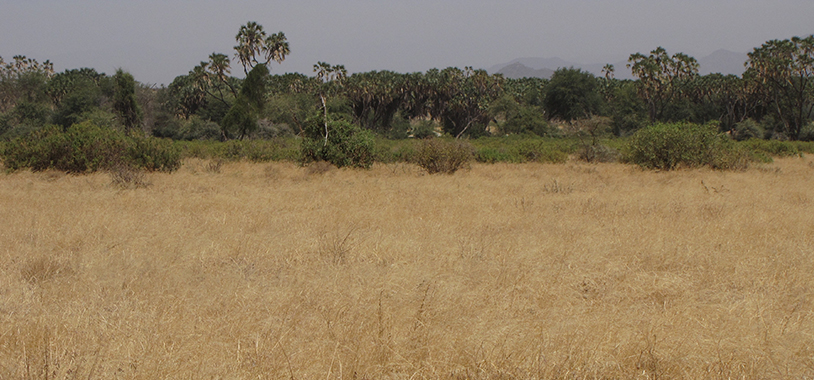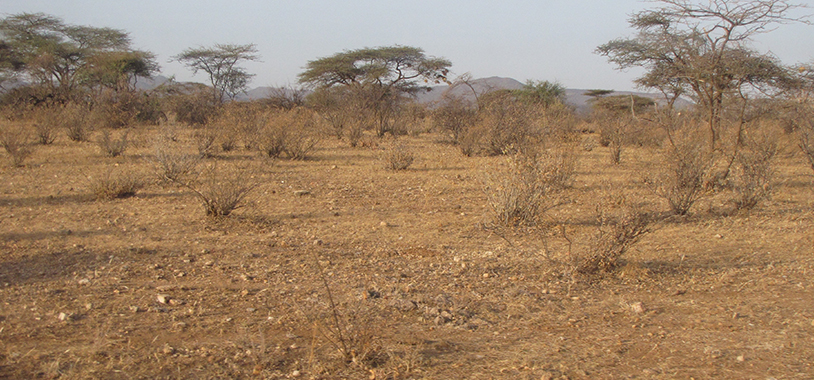After three weeks at camp I have experienced quite a bit of the long-term monitoring of the elephant populations and have spoken with a few people in camp about the challenges that they face. Often, when we go out to the field, we see Samburu people with their cattle. The Samburu are traditionally pastoralists, watching over their herds of cattle and goats, and moving about the plains of north-central Kenya. To the average tourist, the view of the sun setting over the horizon as impala and zebra traverse the dry grasslands and a group of tribesmen in the distance with their familiar cattle bells clanking through the dusty air might seem absolutely picturesque; the perfectly romanticized view of Africa. To the people working in the reserve, they know all too well that pastoralism within the reserve boundaries poses problems, and where there are cows, there could be trouble.
When the Samburu people, in the case of north-central Kenya, bring their cattle into the reserves, it raises two major issues: overgrazing and potential conflict with neighboring Turkana tribes. As I understand it, the two tribes have been rivals for generations, stealing each other’s cattle and always looking to get revenge for what one side has done to the other. However, in our modern day, this sort of revenge has reached new heights. It is not uncommon, for Samburu or Turkana people to illegally acquire weapons from the Somali border. With access to some very powerful guns, the threat of revenge could now mean life or death, and it is not uncommon for wildlife and those serving to protect them, to get caught in the crossfire.
Overgrazing is also a very serious issue for these reserves. With a single Samburu man potentially owning as many as 500 cattle, the space and amount of grassland needed to feed such an army of livestock is huge. Now imagine a few thousand Samburu, each with their own flocks and herds. The rangers in Samburu National Reserve (SNR) are fairly good about keeping out the pastoralists, however in the adjacent Buffalo Springs National Reserve (BSNR) the situation is a bit different. I have included two images: and one showing an area that has been overgrazed in BSNR. This overgrazing also takes away food resources from the wildlife such as impala, zebras, various antelopes and elephants. Even the mere presence of goats or cattle in an area can drive the wildlife away because they associate them with humans. We have witnessed several elephants quickly retreating from one area because there were goats nearby.
So what can be done? The Samburu people view cattle as a status symbol. The more cows you have, the wealthier you are. I have been told they do not value money. So giving them cash and a homestead to settle down in is not the solution. Not only does this ignore their cultural heritage, it sets in motion the trajectory for the modern world to destroy yet another culture of indigenous people. Some other areas around Africa have had luck in shifting designated areas of land for the people to use that are not within the national park or reserve, but perhaps near it. This rotational system of areas keeps overgrazing low and maintains boundaries for the wildlife. However, this system may not fit all cases and these people have lived here with their herds for hundreds of years, among the wildlife. If any solution is going to be truly sustainable, it must work for the people, as well as the wildlife. Without these tribes’ cooperation, many conservation efforts could be futile.



